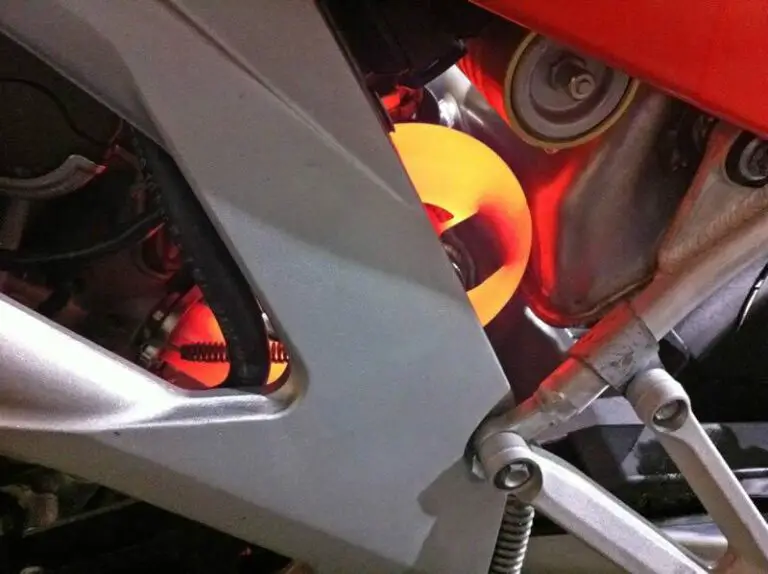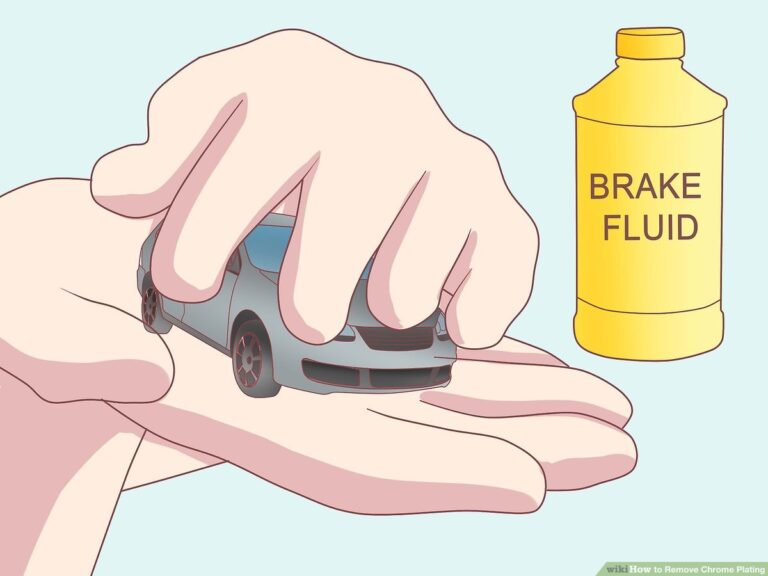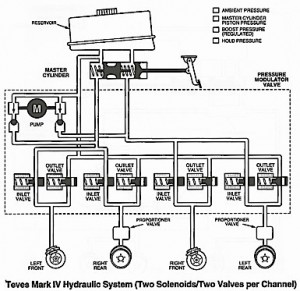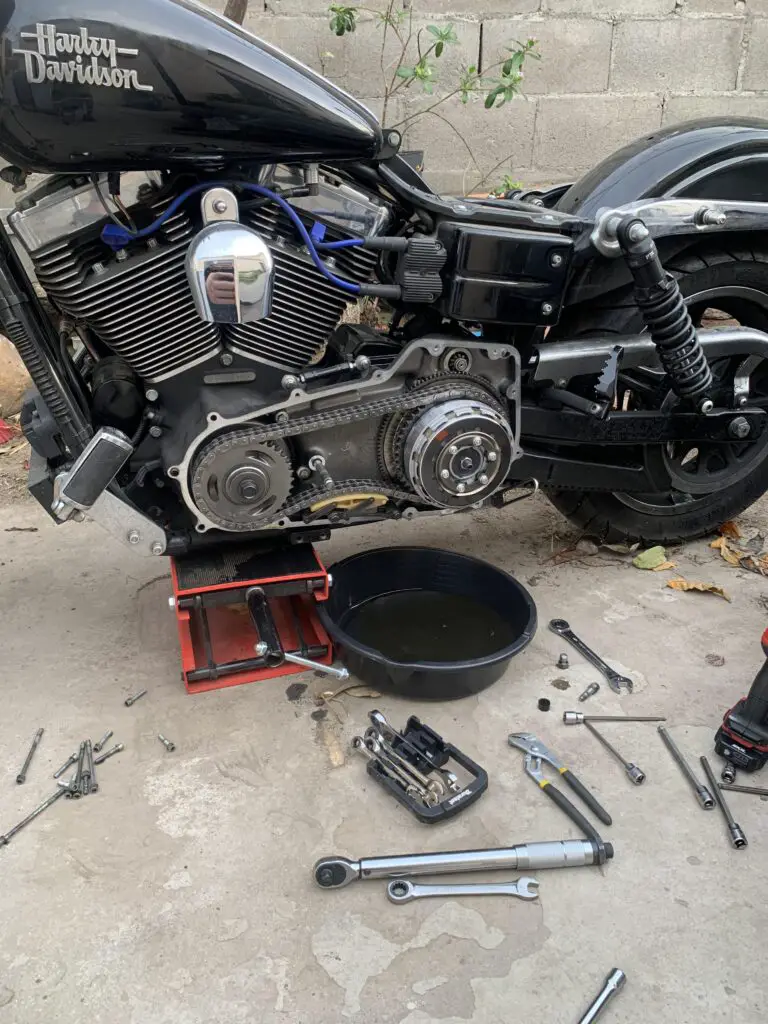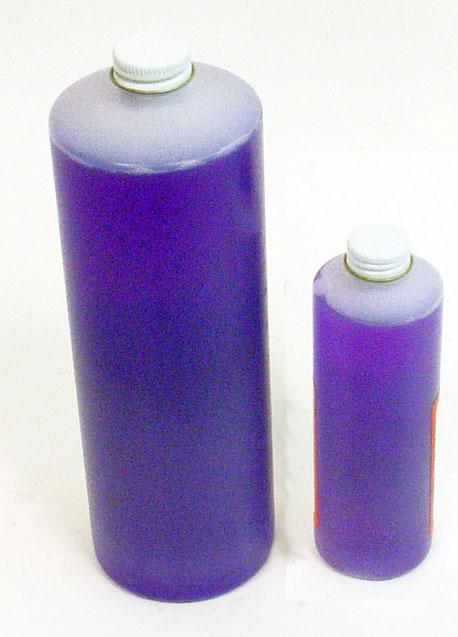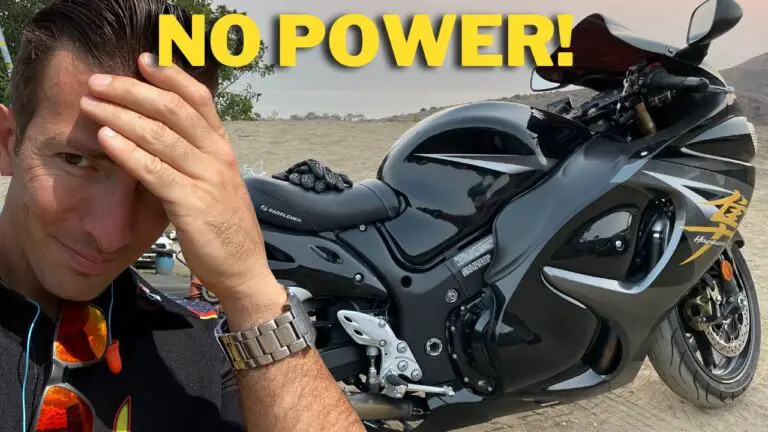Troubleshooting a Harley Davidson CV carburetor often involves inspecting for clogs and ensuring proper adjustment. Common issues include erratic idling, poor acceleration, and fuel leaks.
Owning a Harley Davidson motorcycle can be an exhilarating experience, but maintenance is key to keeping it running smoothly. The CV (Constant Velocity) carburetor is a common fixture on many Harley models, and when it runs into trouble, riders might encounter a range of performance issues.
Knowing the basics of Harley CV carburetor troubleshooting is essential for riders aiming to maintain peak performance and avoid roadside headaches. It’s about being proactive; spot the early signs of carburetor problems such as inconsistent idling or throttle response hiccups. With the right approach, a clean, well-adjusted carburetor will mean a powerful, responsive ride. Remember, straightforward checks and timely maintenance can keep your Harley’s heart beating strong and its roar unmistakable on the open road.

Credit: catalog.zodiac.nl
Introduction To Harley Davidson Cv Carburetor
The Harley Davidson CV (Constant Velocity) carburetor is a pivotal component in a motorcycle’s engine, ensuring that the correct mix of air and fuel is delivered for smooth operation. This precision instrument contributes significantly to Harley Davidson bikes’ performance by regulating engine power and responsiveness. As a rider seeks an optimal riding experience, maintaining a well-functioning carburetor is essential.
Spotting symptoms of CV carburetor issues early can save time and prevent further damage to the motorcycle. Common indicators include rough idling, popping noises during throttle closure, difficulty starting, and a noticeable decrease in engine performance. Recognizing these signs allows for timely intervention and repairs, ensuring the bike performs at its best. It’s vital for owners to understand their carburetors to maintain a smooth ride.
Common Problems And Their Causes
Clogged jets can lead to poor engine performance. They restrict the right amount of fuel to mix with air. This makes for a choppy ride. Regular cleaning ensures the smooth functioning of the engine.
A vacuum leak can mess with the air/fuel mixture. It may cause the engine to run lean or rich. This condition can harm the engine. Checking for leaks is crucial for a well-running bike.
Right adjustments on the carburetor are essential. Wrong settings lead to poor performance. They can even cause the bike to stall. Ensure adjustments are precise for the best bike experience.
Worn needles, diaphragms, and floats are often overlooked. Yet, they are vital for fuel regulation. Over time, these parts can degrade. This affects the carburetor’s ability to manage fuel. Replacing old parts prevents performance decline.
Troubleshooting Steps For Cv Carburetor Issues
CV carburetor problems can affect your Harley’s performance. Regular inspection and maintenance are key. Check for clogs, debris, and damaged parts. Clean all components during routine upkeep.
Carburetor cleaning requires attention to detail. Disassemble and use a carburetor-specific cleaner. Soak parts and scrub with suitable brushes. Ensure all passages are clear before reassembling.
For smooth running, adjust the air/fuel mix. Turn the mixture screw for ideal throttle response. A balance between lean and rich is crucial for peak operation.
Inspect for wear and tear. Replace parts like gaskets, diaphragms, and O-rings if needed. Confirm each part’s integrity to maintain the carburetor’s condition.
Bench testing post-reassembly verifies correct function. Check for leaks, and listen for even idle. Fine-tuning ensures reliable performance on the road.
Preventive Measures And Best Practices
Regular check-ups and cleaning are essential for a healthy CV carburetor. Be sure to inspect the intake rubber boots and vacuum lines for cracks or leaks. Replacing the air filter and spark plugs can prevent performance issues. Using high-grade fuel and quality additives helps maintain engine cleanliness and performance.
For those seeking enhanced performance, consider upgrading jet kits and needle sets. Before attempting any modifications, understand your motorcycle’s needs and compatibility. Seek professional advice if unsure about the modifications.
Expert tuning may extend your carburetor’s life and improve your bike’s efficiency. Both professional and DIY tuning have their places. Those new to motorcycles should seek professional aid. More experienced riders might opt for DIY methods with proper tools and guidance.
Understanding Advanced Symptoms And Solutions
Intermittent problems often stem from electrical or fuel issues. Erratic behavior requires a thorough check. Ensure spark plugs and wires are functioning properly. Clean or replace as needed for better performance.
Persistent issues with cold starts and stalling can be frustrating. A clean and adjust strategy might be the fix. Check the choke mechanism for proper operation. Maintain a clean air filter to improve airflow and facilitate easier starts.
Experiencing power loss or throttle delays? Inspect the vacuum piston for smooth operation. A clogged jet or low fuel level in the float chamber could be the culprit. Proper tuning and regular maintenance are crucial for peak performance.
Consider a professional carburetor service if issues persist. Specialists can perform a detailed inspection and repair. This ensures a long-lasting solution and optimal bike functionality.

Credit: www.nightrider.com
Conclusion: Ensuring The Longevity Of Your Harley’s Cv Carburetor
Regular checks and cleaning can prevent most problems with your Harley’s CV carburetor. Ensure consistent performance by inspecting hoses and seals for wear and tear. Replacing parts that show damage is crucial to avoid future issues.
Understanding the carburetor’s mechanics aids quick identification of common hiccups. Utilizing high-quality fuel ensures cleaner operation and longer life for your carburetor.
Follow a routine maintenance schedule and use a quality carburetor cleaner. These actions maintain peak performance. Keep an eye on the air-fuel mixture and adjust as necessary. Don’t forget to consult the manual for specific guidelines.
For further details and in-depth guides, explore dedicated Harley forums and factory manuals. These resources are invaluable for enthusiasts seeking to deepen their understanding and skill set.

Credit: www.instructables.com
Frequently Asked Questions On Harley Davidson Cv Carburetor Troubleshooting
What Year Did Harley Start Using The Cv Carburetors?
Harley-Davidson began using CV carburetors in 1988, enhancing performance and efficiency in their motorcycle engines.
What Happens If Carburetor Is Blocked?
A blocked carburetor can cause engine starting issues, stalling, and poor performance due to restricted fuel and air flow.
How Do Motorcycle Cv Carbs Work?
Motorcycle CV (Constant Velocity) carbs use vacuum pressure to regulate fuel flow, ensuring optimal air/fuel mixture for varying engine speeds. A flexible diaphragm responds to engine vacuum, lifting the needle jet for fuel delivery, thus enhancing throttle response and engine performance.
How Do You Diagnose A Carburetor Problem?
To diagnose a carburetor problem, check for these signs: rough idling, stalling, starting issues, and poor fuel efficiency. Inspect the carburetor for build-ups and wear. Testing with a vacuum gauge also helps detect specific issues.
Conclusion
Wrapping up, tackling issues with your Harley Davidson CV carburetor can be straightforward. Remember to check for common problems like clogs or worn components. Regular maintenance may prevent these challenges. Ride on confidently, knowing you’re equipped to handle hiccups on the road.
Your Harley’s performance thanks you in advance.
